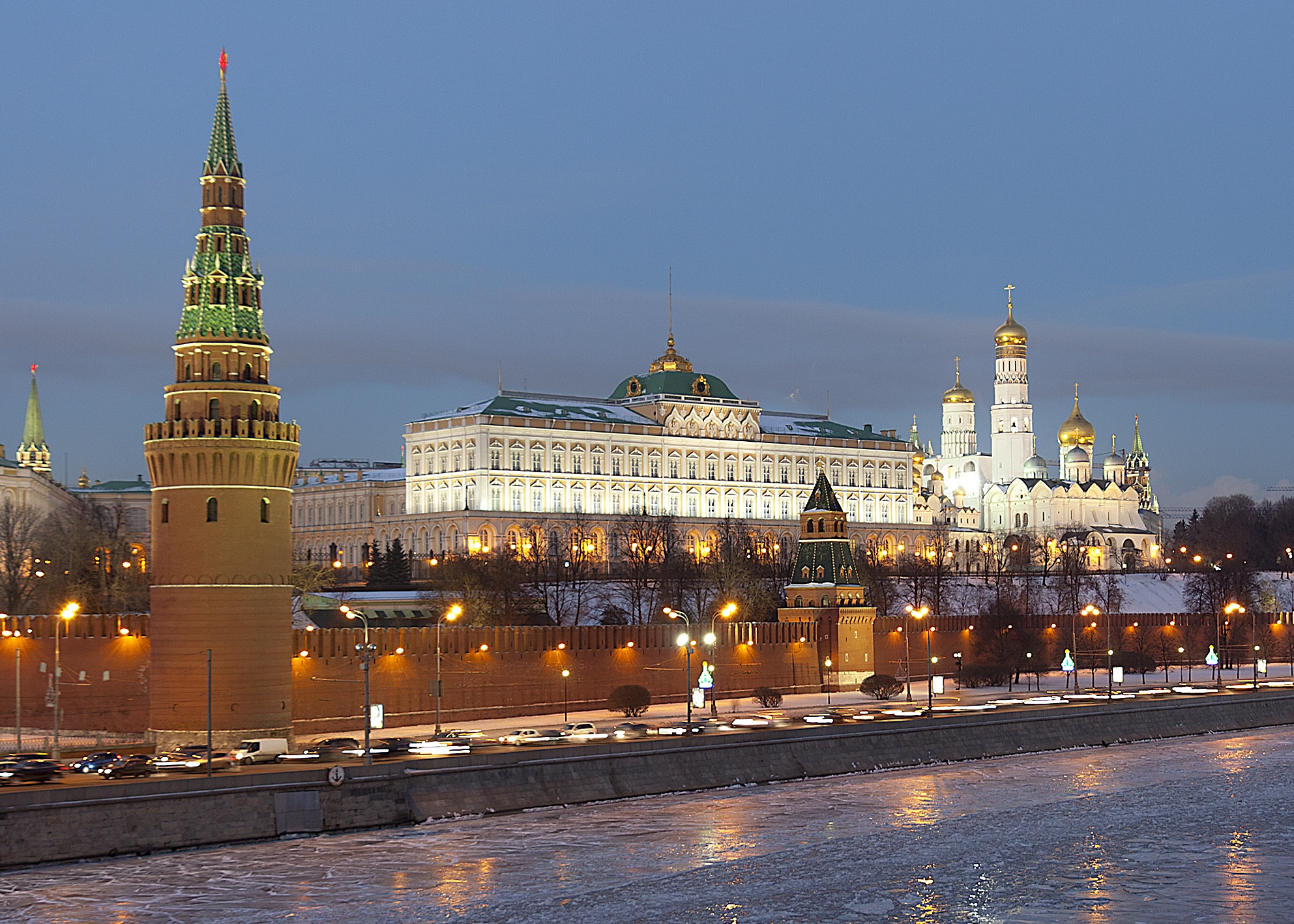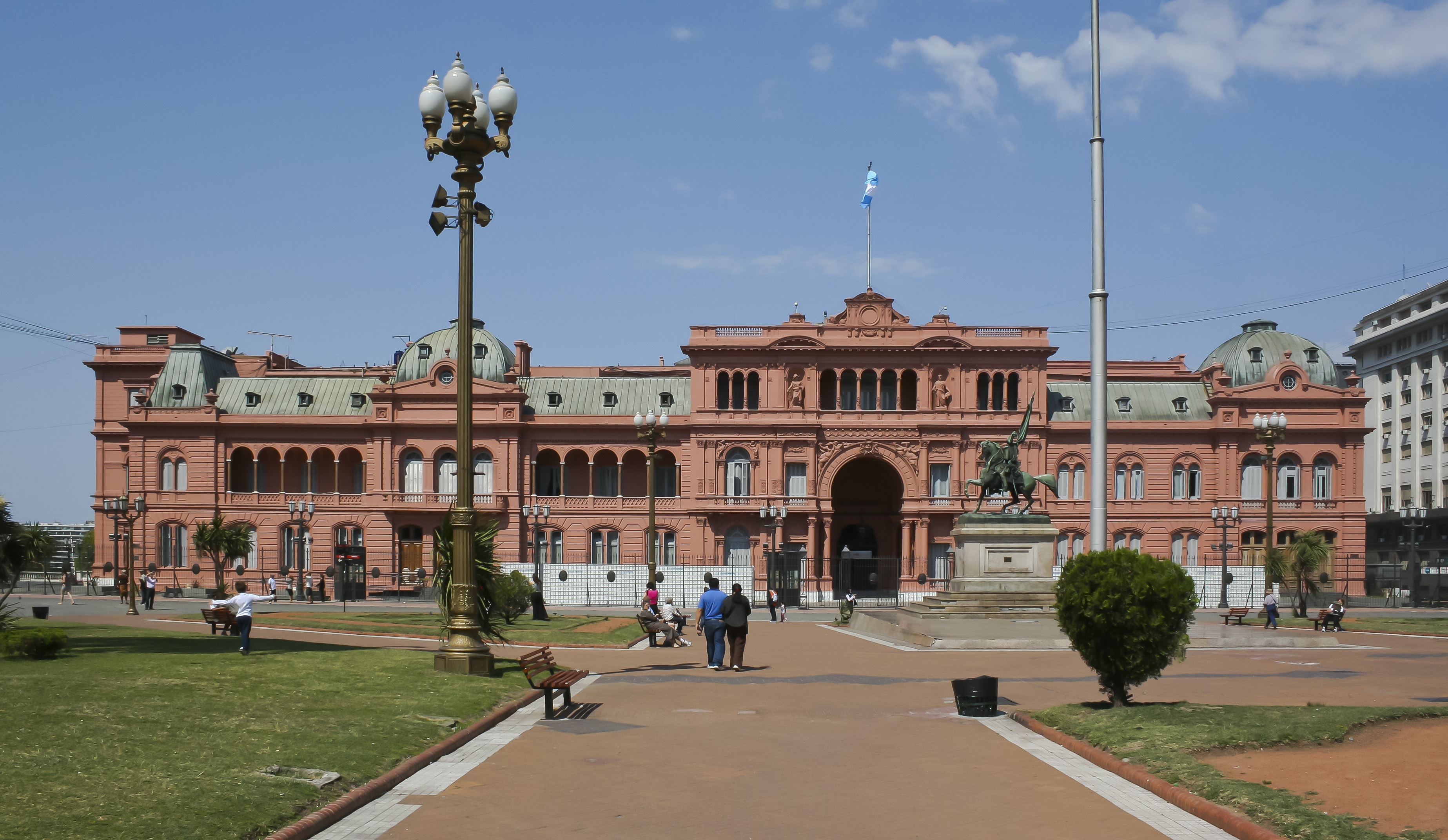The Largest Countries in the World

Published on March 11, 2024
The size of a country can significantly influence its economic, political, and social dynamics. The world's largest countries by total area encompass vast landscapes, diverse climates, and rich natural resources, contributing to their global importance. This article explores the top ten largest countries globally, highlighting their total areas and key geographical features. Understanding the scale of these nations provides insight into their potential for development, challenges in governance and infrastructure, and the stewardship of natural habitats and resources.
1. Russia - 17.09 Million Km2

Topping the list is Russia, the largest country in the world, with a staggering total area of about 17,098,242 square kilometers. Spanning Eastern Europe and northern Asia, Russia's vast territory covers one-eighth of the Earth's inhabited land area, featuring a wide range of environments and landforms, from the tundra of Siberia to the subtropical beaches of the Black Sea coast.
2. Canada - 9.98 Million Km2

Canada is the second-largest country, with an area of approximately 9,984,670 square kilometers. It is known for its vast forests, numerous lakes, and the extensive Arctic region it encompasses. Canada's geography is as diverse as its climate, ranging from Arctic weather in the north to temperate conditions in the south.
3. China - 9.56 Million Km2

China, with its total area of around 9,596,961 square kilometers, is the third-largest country in the world. This East Asian country has a landscape that varies dramatically, from the deserts of Xinjiang to the mountain ranges of Tibet and the fertile plains of the east. China's vast size contributes to its rich biodiversity and complex ecosystem.
4. The United States - 9.52 Million Km2

The United States ranks fourth, covering a total area of approximately 9,525,067 square kilometers. The country's geography is incredibly diverse, including the Rocky Mountains, the Great Plains, and both the Atlantic and Pacific coastlines. This diversity supports a wide range of climates and ecosystems.
5. Brazil - 8.51 Million Km2

Brazil is the fifth-largest country by total area, with about 8,515,767 square kilometers. It is the largest country in South America and home to the Amazon Rainforest, the largest rainforest on Earth. Brazil's extensive natural resources and diverse ecosystems are central to its identity.
6. Australia - 7.69 Million Km2

Australia, the only country that is also a continent, ranks sixth with an area of 7,692,024 square kilometers. Known for its vast deserts, unique biodiversity, and iconic landscapes such as the Great Barrier Reef, Australia's isolation has fostered a distinctive ecological system.
7. India - 3.28 Million Km2

Seventh on the list is India, with a total area of 3,287,263 square kilometers. India's terrain varies from the Himalayan peaks in the north to the coastal plains in the south. This diversity in geography and climate supports a rich variety of flora and fauna.
8. Argentina - 2.78 Million Km2

Argentina is the eighth-largest country, covering an area of 2,780,400 square kilometers. Its landscape features include the Andes mountain range to the west, the Pampas grasslands, and the deserts of Patagonia to the south. Argentina's varied climates range from subtropical in the north to subpolar in the far south.
9. Kazakhstan - 2.72 Million Km2

Kazakhstan, the ninth-largest country, has an area of 2,724,900 square kilometers. It is the largest landlocked country in the world, with terrain ranging from flatlands, steppes, taigas, and rock canyons, to hills, deltas, mountains, and deserts.
10. Algeria - 2.38 Million Km2

Algeria rounds out the top ten, with a total area of 2,381,741 square kilometers. It is the largest country in Africa, with a landscape that includes part of the Sahara Desert, the Atlas Mountains, and the coastal Mediterranean region. Algeria's diverse geography influences its climate and ecosystems.
The scale and diversity of the world's largest countries are profound, with each nation offering unique landscapes, climates, and natural resources. From the frozen expanses of Russia to the desert landscapes of Algeria, these countries demonstrate the Earth's vastness and variety. Understanding the geographical extents and features of these nations not only highlights their individual characteristics but also emphasizes the importance of global stewardship in preserving natural habitats and resources for future generations. As we continue to explore and appreciate the magnificence of our planet, the knowledge of these vast countries can inspire efforts towards sustainable development and conservation.
What Advantages Do Large Countries Enjoy?

-
Rich Natural Resources: Large countries often have abundant natural resources, such as minerals, fossil fuels, forests, and arable land. Russia and Canada, for example, are rich in natural resources like oil, natural gas, timber, and precious metals. These resources can be a significant source of revenue and economic development.
-
Diverse Climates and Ecosystems: The vast area of large countries encompasses a variety of climates and ecosystems, which can support diverse agricultural activities, biodiversity, and tourism. For instance, the United States and China have multiple climate zones that allow for the cultivation of a wide range of crops and support varied natural habitats.
-
Strategic and Military Advantages: Large countries have strategic advantages due to their geographical size and location. They can have long coastlines, extensive borders with other nations, and strategic depth, which can be advantageous for defense and military strategy. Russia's vast territory, for example, provides it with a significant strategic buffer.
-
Economic and Market Potential: The sheer size of large countries often correlates with large populations, offering significant domestic markets for goods and services. Additionally, the diversity in geography can lead to the development of various industries, including agriculture, manufacturing, and services, contributing to a robust economy. Countries like China and India benefit from large domestic markets that drive their economic growth.
-
Influence in International Affairs: Large countries frequently have more substantial influence in international affairs and global governance. Their size, population, and economic power enable them to have a more considerable say in international organizations, negotiations, and policymaking processes. This influence allows them to shape global norms, standards, and policies in ways that align with their national interests.
-
Infrastructure and Development Opportunities: With vast lands to develop, large countries have the potential to invest in and build extensive infrastructure networks, such as roads, railways, and airports, which can further stimulate economic growth and development. These projects can also enhance connectivity within the country, making it easier to access remote areas and integrate them into the national economy.
-
Cultural and Linguistic Diversity: Large countries often exhibit significant cultural and linguistic diversity due to their size and the variety of their inhabitants. This diversity can enrich the national culture, promote tourism, and strengthen the country's soft power on the international stage. Countries like India and Brazil are celebrated for their rich cultural heritage and diversity.
How Did Russia Come to Be the Largest Country in the World?

Russia's status as the largest country in the world by total area is the result of centuries of territorial expansion through conquest, colonization, treaties, and exploration. This process was influenced by a combination of strategic, economic, and political factors that motivated Russian leaders to extend their control over vast territories. Here's an overview of how Russia came to be the largest country in the world:
Early Russian State and Expansion
- Kievan Rus and Muscovy: The foundation of Russian territorial expansion began in the early centuries of the second millennium with the formation of Kievan Rus, which was a loose federation of East Slavic, Finnic, and Viking peoples. After the decline of Kievan Rus due to Mongol invasions, the Grand Duchy of Moscow (Muscovy) emerged as a powerful principality.
Expansion Eastwards
- Conquest of Siberia: In the 16th century, under the rule of Ivan IV (Ivan the Terrible), Russia began its rapid expansion eastwards into Siberia. The conquest of Siberia was largely driven by the fur trade and was facilitated by Cossack explorers and warriors. By the end of the 17th century, Russia had reached the Pacific Ocean.
European Expansion and Southern Moves
-
Acquisition of Eastern European Territories: Through wars and treaties, especially with the Polish-Lithuanian Commonwealth and the Ottoman Empire, Russia expanded its territory westward and southward in the 17th and 18th centuries. This period saw the incorporation of vast areas of Eastern Europe, including parts of present-day Ukraine, Belarus, and the Baltic states.
-
Access to the Black Sea: Conquering territories from the Ottoman Empire provided Russia with access to the Black Sea, enhancing its strategic military and trade positions.
The 19th Century and Pacific Expansion
-
Alaska and the North Pacific: In the 18th and early 19th centuries, Russia established settlements in Alaska and parts of the North Pacific. Although Alaska was later sold to the United States in 1867, this period marked Russia's expansion across the northern Pacific.
-
Central Asia: The Russian Empire expanded into Central Asia in the 19th century, conquering modern-day Kazakhstan, Uzbekistan, Turkmenistan, Kyrgyzstan, and Tajikistan. This expansion was motivated by the desire to secure its southern borders and compete with the British Empire in the "Great Game."
The 20th Century and the Soviet Union
- After the Russian Revolution: The formation of the Soviet Union in the early 20th century, following the Russian Revolution, consolidated Russia's control over the territories of the former Russian Empire. The Soviet Union further expanded its influence after World War II, establishing control over Eastern Europe, although these were not formally incorporated into the Soviet Union.
What is the Largest Country in Each Continent?
Africa
- Algeria: With an area of approximately 2,381,741 square kilometers, Algeria is the largest country in Africa. It is known for its vast Sahara Desert region, which constitutes a significant portion of its territory.
Antarctica
- Antarctica is a continent without countries, covered by the Antarctic Treaty System, which prohibits military activity, mineral mining, and supports scientific research. It spans about 14 million square kilometers, making it the fifth-largest continent.
Asia
- Russia: While Russia spans both Europe and Asia, it is primarily located in Asia, with about 77% of its land area in this continent. Its total area is about 17,098,242 square kilometers, making it not only the largest country in Asia but also in the world.
Europe
- Russia: In Europe, the largest country entirely in Europe is Ukraine, with an area of approximately 603,500 square kilometers. However, if considering the total area of countries that span more than one continent, Russia's European part makes it the largest in Europe as well, with around 23% of its total area located here.
North America
- Canada: Canada is the largest country in North America, with a total area of about 9,984,670 square kilometers. It is known for its vast wilderness, numerous lakes, and long coastline.
Oceania
- Australia: Australia is both a country and a continent, with a total area of approximately 7,692,024 square kilometers, making it the largest in Oceania. It is known for its diverse ecosystems, including deserts, forests, and coral reefs.
South America
- Brazil: Brazil is the largest country in South America, with an area of about 8,515,767 square kilometers. It is famous for the Amazon rainforest, which is the largest tropical rainforest in the world.
Category: World Facts